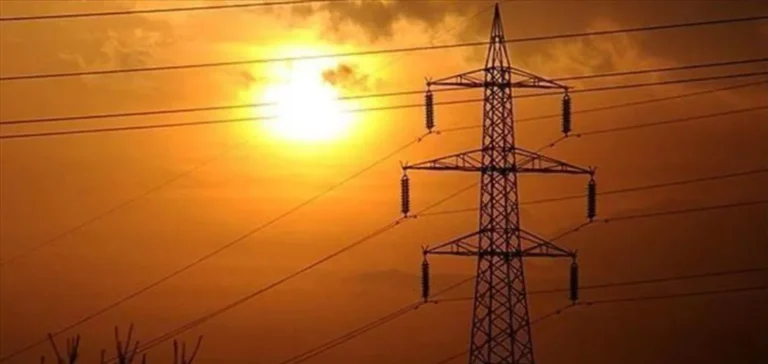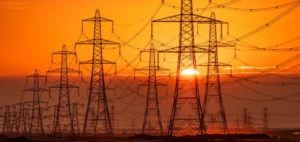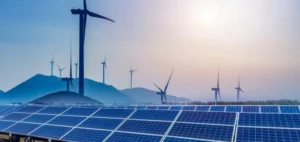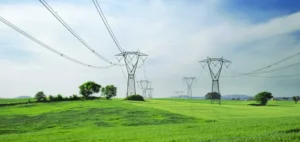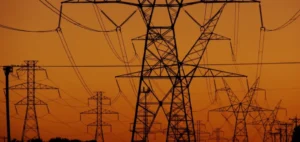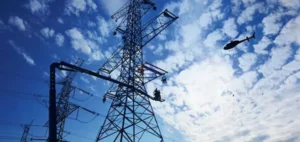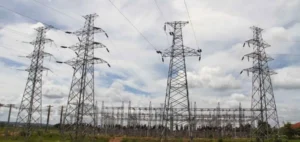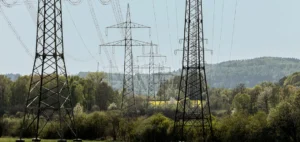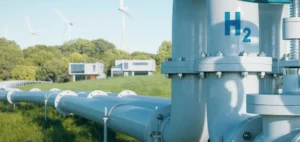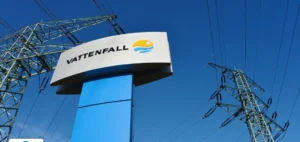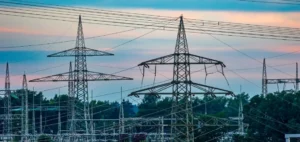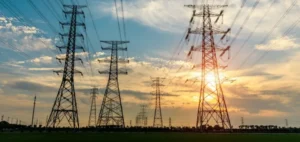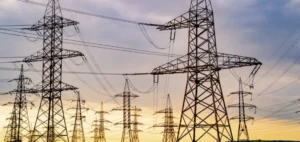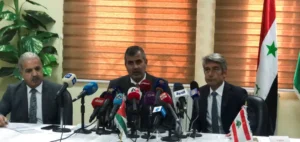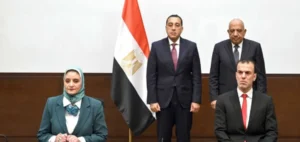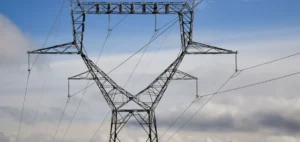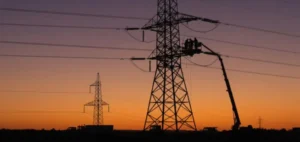Export capacity rests first on the availability of the gas molecule feeding thermal plants. The long-term supply contract secures a substantial share of the gas required to stabilize the base, complemented by output from the Attarat oil-shale plant and by renewables. The combination of these sources allows an exportable volume depending on internal load call. This volume is mobilized only once operating reserves and the national system security margin are covered by the grid operator National Electric Power Company (NEPCO).
Transit architecture and the role of interconnections
The physical corridor to supply Lebanon runs through the Syrian grid, via a high-voltage alternating-current 400-kilovolt link. This scheme relies on border-substation metering and settlement of imbalances based on agreed load profiles between the system operators. The Egypt–Jordan interconnection provides additional flexibility during peaks or troughs, without substituting for fuel availability. Transit quality depends on the Syrian grid’s ability to absorb and reroute flows, with voltage, frequency and inertia parameters included in day-ahead planning.
Practical sizing of exports stems from system services agreements and operating conventions between operators. Clauses define firm capacity, interruptible capacity and islanding procedures in case of incident. Capacity-allocation mechanisms determine the share assigned to international transit, factoring N-1 contingencies and thermal limits of each segment. Real-time telemetry monitoring ensures imbalance detection and, if needed, triggers tertiary reserve activation.
Fuels, baseload and intermittency
Jordan’s generation fleet combines gas-fired plants, a baseload oil-shale unit and wind and solar capacity. Gas supply security conditions the continuity of exports, while Attarat provides a predictable load floor. Renewables reduce thermal call in favorable periods, temporarily freeing an export margin. Operations nonetheless require grid reinforcements to limit curtailment and maintain sufficient evacuation capacity.
Exports require precise positioning of spinning reserve and replacement reserve to avoid degrading domestic supply quality. Cross-border power sales contracts set activation hierarchy under constraint, trip management and penalties tied to unavailability. Operators synchronize schedules on day-ahead and intraday horizons, with intraday rebalancing when variable generation deviates from forecasts.
Settlement, compliance and risk framework
Exported flows are settled at delivery points based on validated profiles and data from certified primary meters. Adjustments cover transit losses and consumed system services. Regulatory compliance includes sanctions regimes applicable to transit via Syria and licensing or exemptions required to execute contracts. Financial guarantees cover payment risk, grid unavailability and force-majeure events.
The price structure reflects a fuel and variable-emissions component, a capacity component and a transit component, plus consumed system services. Interruption clauses prioritize curtailment of non-firm capacity during an upstream constraint or transit incident. Parties agree coordinated maintenance windows and restart protocols to restore the exchange profile.
Operational integration and execution horizon
In the short term, feasibility depends on a clear domestic surplus after meeting internal demand and reserves, and on corridors available without critical congestion. The interconnection with Egypt provides a useful balancing backstop, subject to simultaneous margins on both systems. Transit via Syria requires a serviceable grid and active operating conventions with metering at border substations. Operational feasibility rises significantly when gas molecules are abundant and grid reinforcements reduce evacuation bottlenecks.
In the medium term, interconnection expansion and internal reinforcements increase firm export capacity and reduce reliance on interruptible volumes. Standardized settlement rules and upgraded supervisory systems improve the predictability of balances. The combination of a stable baseload, available gas and better-integrated renewables creates a more regular export platform. Investment decisions in lines and substations condition the depth and continuity of regional exchanges.


